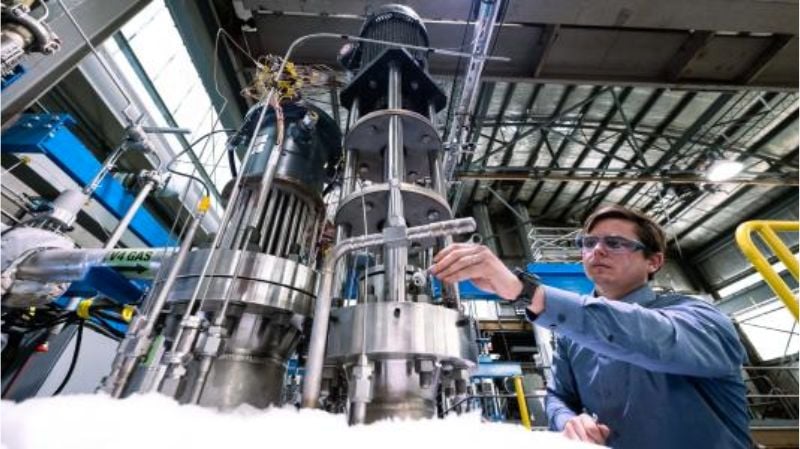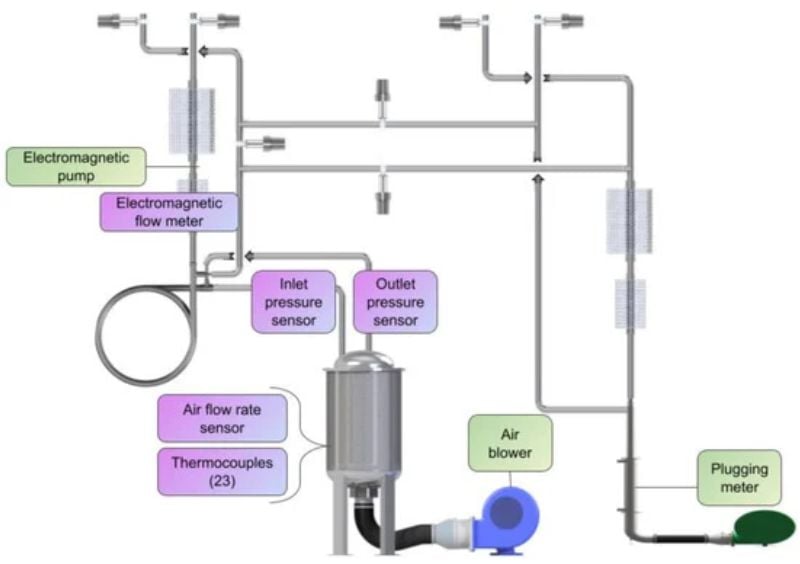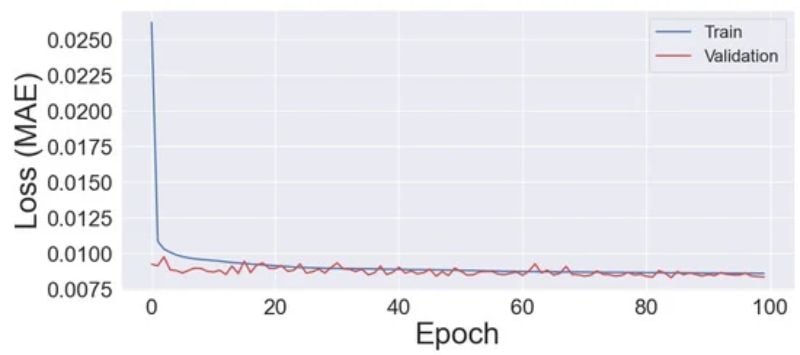Machine Learning Aids Next-Gen Nuclear Reactors
Argonne National Laboratory researchers are testing machine learning on sodium-cooled fast reactors to aid anomaly detection and improve reactor operational efficiency and safety.
Sodium-cooled fast reactors (SFRs), which use liquid sodium to cool the reactor core, are heralded as a standout among the next generation of nuclear reactors. However, operating SFRs presents a distinct challenge because the high-temperature liquid sodium must be effectively purified utilizing a cold trap, a process crucial to avert corrosion and blockages in small openings within the system.
Operating a nuclear power plant. Image used courtesy of Argonne National Laboratory
Leveraging the capabilities of machine learning (ML), researchers at the U.S. Department of Energy’s Argonne National Laboratory have found a way to maximize the safety and efficiency of SFRs with ongoing anomaly detection.
Nuclear Reactor Anomaly Detection
When paired with an ML model, anomaly detection identifies events that deviate from the model’s forecasted thresholds. ML presents an opportunity for the automated continuous monitoring of cold traps for the early detection of operational anomalies by assimilating knowledge from historical data.
The ML model designed by the Argonne team is equipped to analyze information obtained from 31 sensors within the Mechanism’s Engineering Test Loop (METL) facility. These sensors gauge a range of variables, including fluid temperatures, pressures, and flow rates. The METL facility tests the materials and components used in reactors.
Schematic of METL purification and diagnostic, indicating major components and sensors involved in system monitoring. Image used courtesy of Energies
For SFRs, the ML model studied operational anomalies in a liquid sodium cold trap using multisensory data fusion and a long short-term memory (LSTM) autoencoder. To simulate a cold trap anomaly, the team unplugged the damper and restricted the air blower, leading to spikes in temperature and flow rates, which were detected by multiple METL sensors.
Long Short-Term Memory Autoencoder
LSTM encoders have proven efficient in merging multisensory data and identifying anomalies. Autoencoders bring advantages in recognizing patterns within unlabeled datasets, prioritizing learning the optimal encoding-decoding structure from the data. The input layer feeds data into the encoder, compressing information by traversing increasingly smaller depths of neural network hidden layers.
The researchers found the LSTM autoencoder model used for SFR anomaly detection took 36 minutes and 43 seconds to train.
The learning curve of LSTM autoencoder model. Image used courtesy of Energies
To explore the sensitivity in anomaly detection, the team adjusted experimentally recorded anomaly signals in individual sensors through a method that diminishes the low-frequency anomaly signal while maintaining the high-frequency sensor noise. The researchers calculated signal-to-noise ratio (SNR) for the anomaly signal in each sensor and an average across all sensors to derive the SNR for the anomaly.
Improving Carbon-Free Electricity
Although not currently employed for commercial purposes in the U.S., SFRs could be a game-changer in power generation and waste reduction within the nuclear sector. Nuclear power is a source of carbon-free electricity.
However, the challenge of maintaining high-purity levels in the high-temperature liquid sodium coolant to avoid corrosion or blockages could impact more widespread use.
This is why the introduction of the Argonne ML model is so crucial.
This research indicates notable advancements in ML models. The model identifies any surge that surpasses a predefined threshold. However, the team recognizes that improvements must be made to avoid false alarms from incidental spikes or sensor errors.
The team notes that while their research evaluates the algorithm within a liquid metal experimental setting, there’s potential for broader applications in advanced reactors, which could pave the way for a carbon-free energy future. The exploration of anomaly detection through machine learning augments the potential of nuclear energy.









